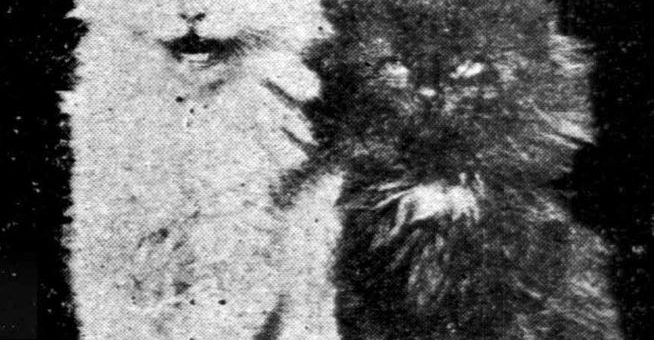
The people who lived in the early 1900s loved their cats just as much as we do today. And instead of reading cat memes, they read newspaper articles about cats and entire comic strips devoted to kitties.
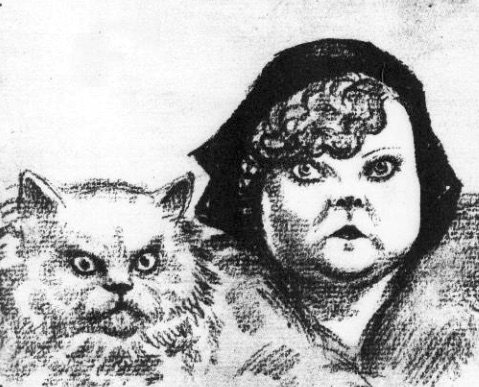
1. Why Cats Come Back
In 1922, it was reported that a college professor had taken it upon himself to discover, scientifically, why cats always find their way back home. However, instead of acknowledging that a cat can actively think, the cause of its return was labeled a “magical force.”
According to one newspaper report, Professor Francis H. Herrick claimed that “the cat’s inevitable return to its home is due to a strange and mysterious power of memory in its muscles. Professor calls this a ‘kinesthetic sense’ – that is, a sense of muscular movement which man does not now possess, but which probably also explains the homing power of pigeons and the tiger.” [1]
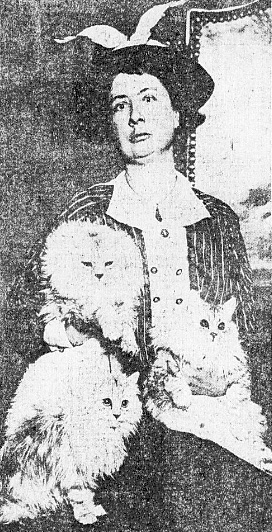
2. Keep the Women Workers Content
Labelled as “the latest scientific bunk on the cure for discontent,” Dr. Herman Schneider of Cincinnati called cats a cure for unhappy women workers in 1911. He discovered that when a cat was placed in a workroom filled with underpaid and overworked women, their mood softened slightly as they were allowed to take a two second break whenever the cat wanted some attention. [2]
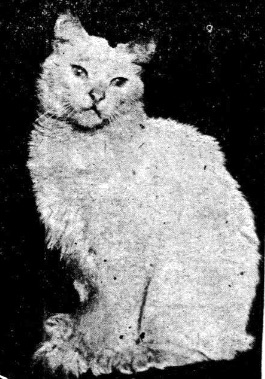
3. Breathing in Baby’s Breath
It is really hard to believe that this old superstition was still around in 1907, but it was. It was reported that a huge black cat sucked out a baby’s breath, killing the baby in Alleghany County, Pennsylvania. The mother supposedly witnessed the phenomenon and the county coroner agreed with her:
“Deputy Coroner Laidley’s theory that cats gain a sort of pleasurable intoxication through inhaling the vitiated and slightly poisonous air from the lungs of infants differs from the ancient theory, wherein the odor of milk was what fascinated the animal.” [3]
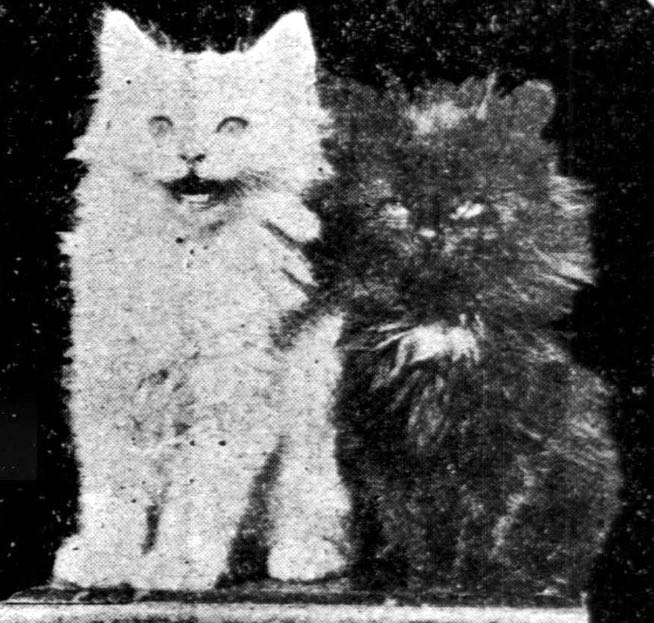
4. A Woman’s Business
Cat breeding was considered a woman’s business in the early 20th century. In fact, one woman, Mrs. Paylor of Columbus, Ohio, started out with one cat in 1913, bred it, and, within a year’s time, sold 142 kittens. A single kitten drew around $200 and Mrs. Paylor made enough money to purchase land and build her dream home. [4]
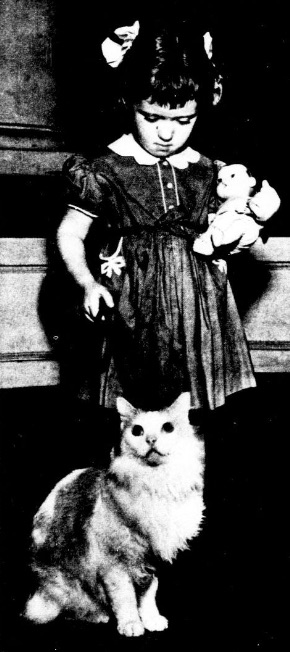
5. Cat Ogre
Howard L. Walker was known as the cat killer of Chicago back in 1906. This man not only had cat farms, but he would travel to areas where a natural disaster had struck and collect all the homeless cats in the community. The cats were then slaughtered for their furs. If there were no disaster areas to visit, the ogre would steal other people’s cats for their furs. [5]
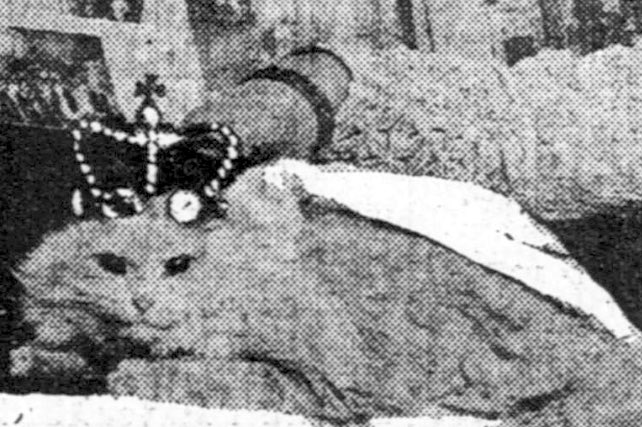
6. The Royal Persian
What happens when a cat is born in Buckingham Palace? It is given a life of absolute luxury.
In 1902, it was reported that King Edward had given a Mrs. Anita C. Broks a beautiful Persian cat. Mrs. Broks was, naturally, very wealthy and gave the kitty a life that most children in America could never expect to receive. Kitty was fed sterilized milk and homemade soups made with the finest meats available. What’s more, kitty had his very own maid who was in charge of keeping him clean and well brushed. Even his teeth were brushed on a daily basis to keep him in the upmost health.
At social functions, the kitty, also named King Edward, would wear a little crown that was studded with diamonds, emeralds, and rubies. He also wore a necklace made of gold and diamonds. [6]
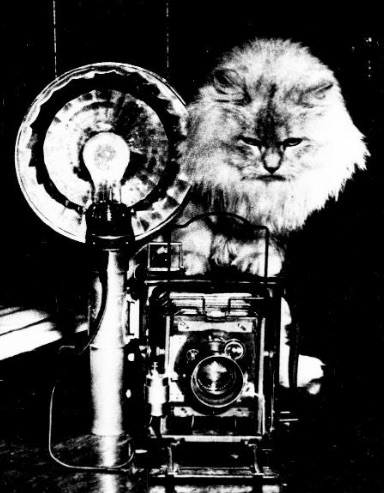
7. Noisy Burglar
One night in a New Jersey town, 1874, a cat put its head too far into a tin can and got it rather stuck. The kitty, banging its tin can head, made so much noise that it woke a family who, upon listening a little closer, thought a burglar must be in the kitchen. The women inside the home supposedly fainted out of fear, but the men grabbed their guns and started shooting out of their windows as warnings to let the burglars know that they were well armed.
All the banging and shooting caused such a ruckus and it didn’t take very long before the neighbors saw the cat and caught on to what was happening. It was, no doubt, much to everyones embarrassment that the event made it into the local newspaper. [7]

